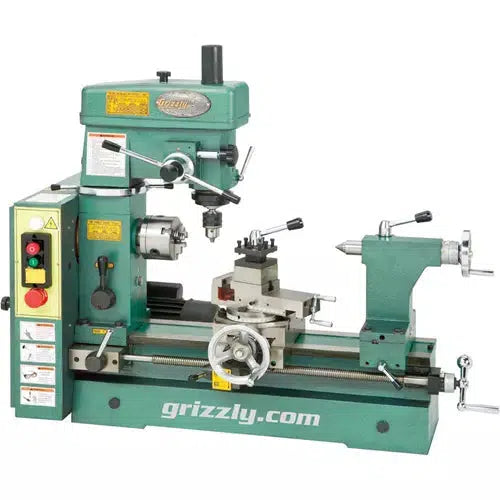Not to over-simplify, but the best thing to do is start practicing basic turning operations - turn parts to a specific diameter, drill and bore holes to a specific diameter, and face parts - all with good surface finish. You can start practicing with just about anything, but you should certainly include the materials and tools you ultimately plan to use. Any good machining text will give you a run down of the basic process. I'd encourage you to get at least a book knowledge of each operation, after which you can hit YouTube to see it in action. The reason for the book-first approach is to help you sort the wheat from the chaff on YouTube. In the end though, you really learn through practice. You're going to have to turn some useful material into useless chips to get the hang of it.
Probably one of your first considerations (other than having, or having access to, a lathe) is going to be cutters. There are a lot of ways to approach cutters - various ready-made cutters, inserts, and grinding your own from HSS (High Speed Steel). Though it's the "long route", I recommend learning to grind your own. You can grind inserts to any arbitrary sharpness as well as being able to grind custom shapes for specific tasks. If you must use inserts, consider HSS inserts from A.R. Warner tools, or carbide inserts designed for aluminum or at least ground carbide inserts. Inserts are the subject of entire books. What you save by not learning grinding, you probably pay in dollars and time figuring out which inserts to use.
I really don't know where you're starting from - do you have a lathe? What is it? Any machining experience at all? Do you have drawings of what you'd like to make?
I have a small part I'll be making from Delrin this morning, so I'll take some pictures as I go and post them here. Perhaps that will allow you to ask specific questions, as well as giving other machinists something to comment upon. There are many ways to do just about anything in machining - having alternative ideas can be helpful. Everyone must adapt what they need to do to the tools and equipment that they have or are willing to purchase.
GsT
